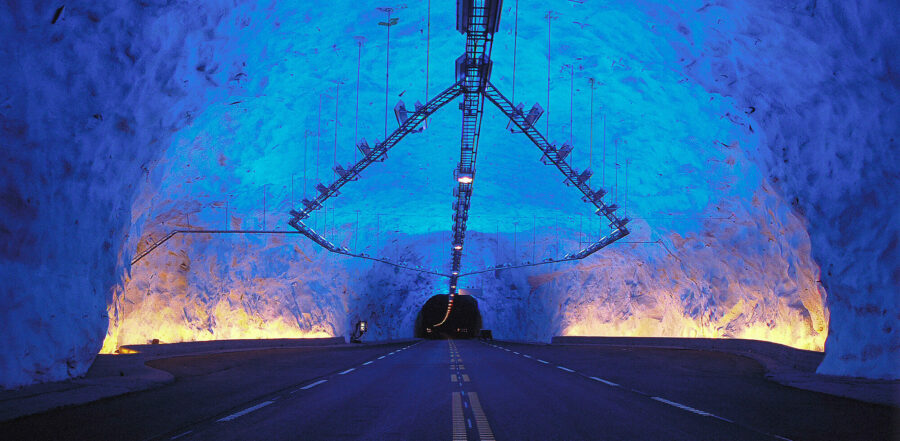
Effects of blue light 2/3: Erik Selmer
During the Light Focus congress organise by Messe Frankfurt in co-operation with PLDA and ZVEI on the Light&Building 2004 in Frankfurt, Erik Selmer did a very interesting speech on the quality of a lighting designer call: “from the low-key to the spectacular.” Interview.
Erik Selmer, architect, lighting designer
Trondheim, Norway
Museum of Natural History, Bergen, Norway (1995)
Blue Iight creates dreams! After Erik Selmer put blue Iight onto the ceiling with some spotlights, the whale skeleton began to swim. The effect persuaded him to use blue light in the natural history museum in Bergen.
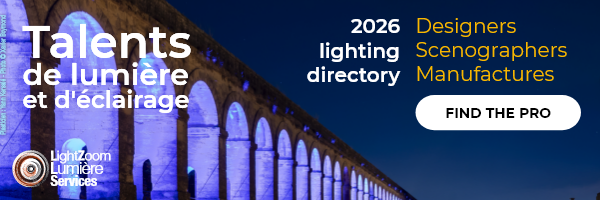
How did you apply blue light in the whale hall?
Erik Selmer: I was called to give a full scale demonstration of the possibilities of lighting design on the 150 years old Museum of Natural History. The whale hall is the most precious room of this museum but it had only daylight. During the darkness of the place at night, I sat under these huge whale skeletons to feel the mood of the room.
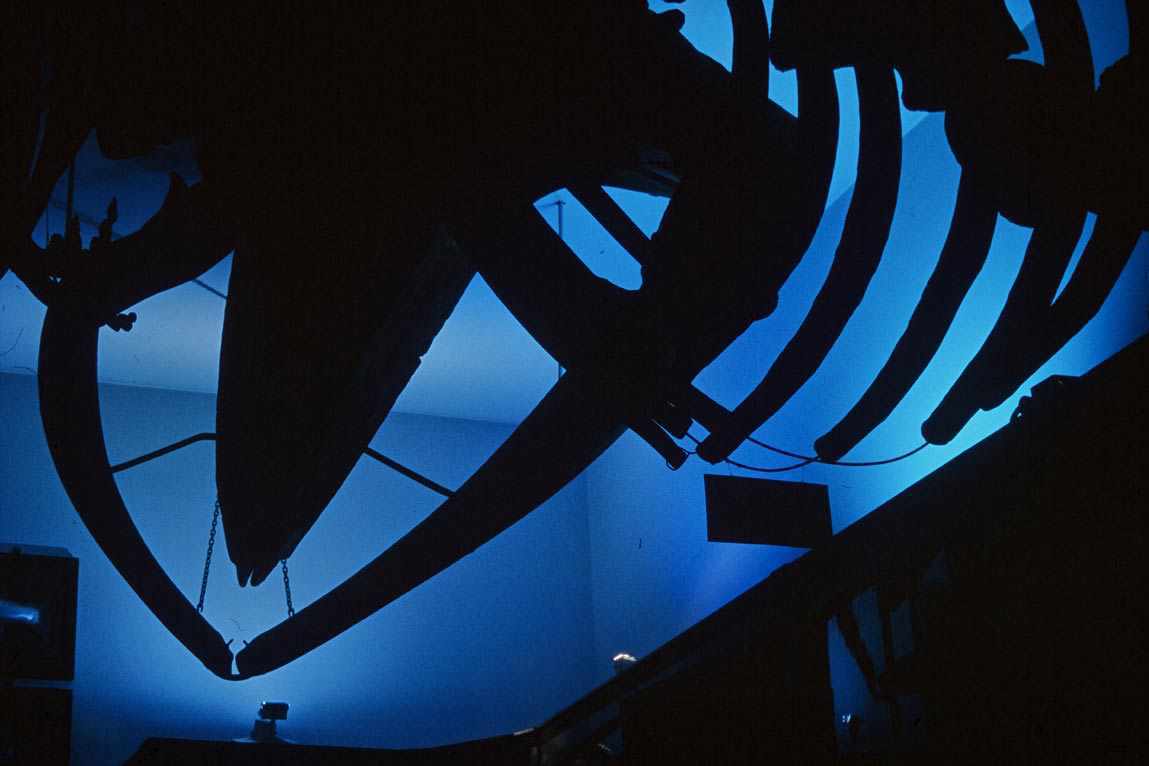
ES: In using the method based on the interpretation of dreams described by the gestalt-therapist Fritz Perls, I put blue light on the ceiling with some spotlight; the whales began to swim. This was quite an experience and I discovered that blue light as the big blue sky is creating dreams. It is a challenge to our imagination.

ES: Afterwards I added spotlights in order to see the details of the skeletons, and they were more visible in this low level light than they had been in the much stronger daylight.
Do you have a specific relation to the sky in Norway?
ES: After this project, I became interested in examining a little closer the blue light from the sky. It is especially in the dusk, during the blue hour, that this light is overwhelming blue and very beautiful. From the Norwegian fairytales, it is in this light that items in the nature can come to life.

Which next blue light experience did you do?
ES: I started to do some experiments with the bust and some spotlights. When only the cold blue light is on the right, it is dramatic like the ice blue moonshine, death and destruction.

ES: When I added amber light on the left, while this is more passionate, comforting and dreamlike. It seems like the bust is being lit by the sunset.

ES: I realize that these emotions come from the nature, from all our earlier life-experiences. We have seen this light a lot of times earlier and it is popping up from our subconsciousness.
Laerdal Tunnel, between Bergen and Oslo, Norway (2000)
At 24.5 kilometers the Laerdal Tunnel in Norway is the longest tunnel in the world. To counter the monotony of driving through it and on the requirement of the university research centre in Trondheim, this tunnel has been divided up into four sections. Thus, it is creating three mountain halls of 30 m diameter at 6 km (3.7 miles) from each end and one in the middle. The blue light emanating from them can be seen from a distance.
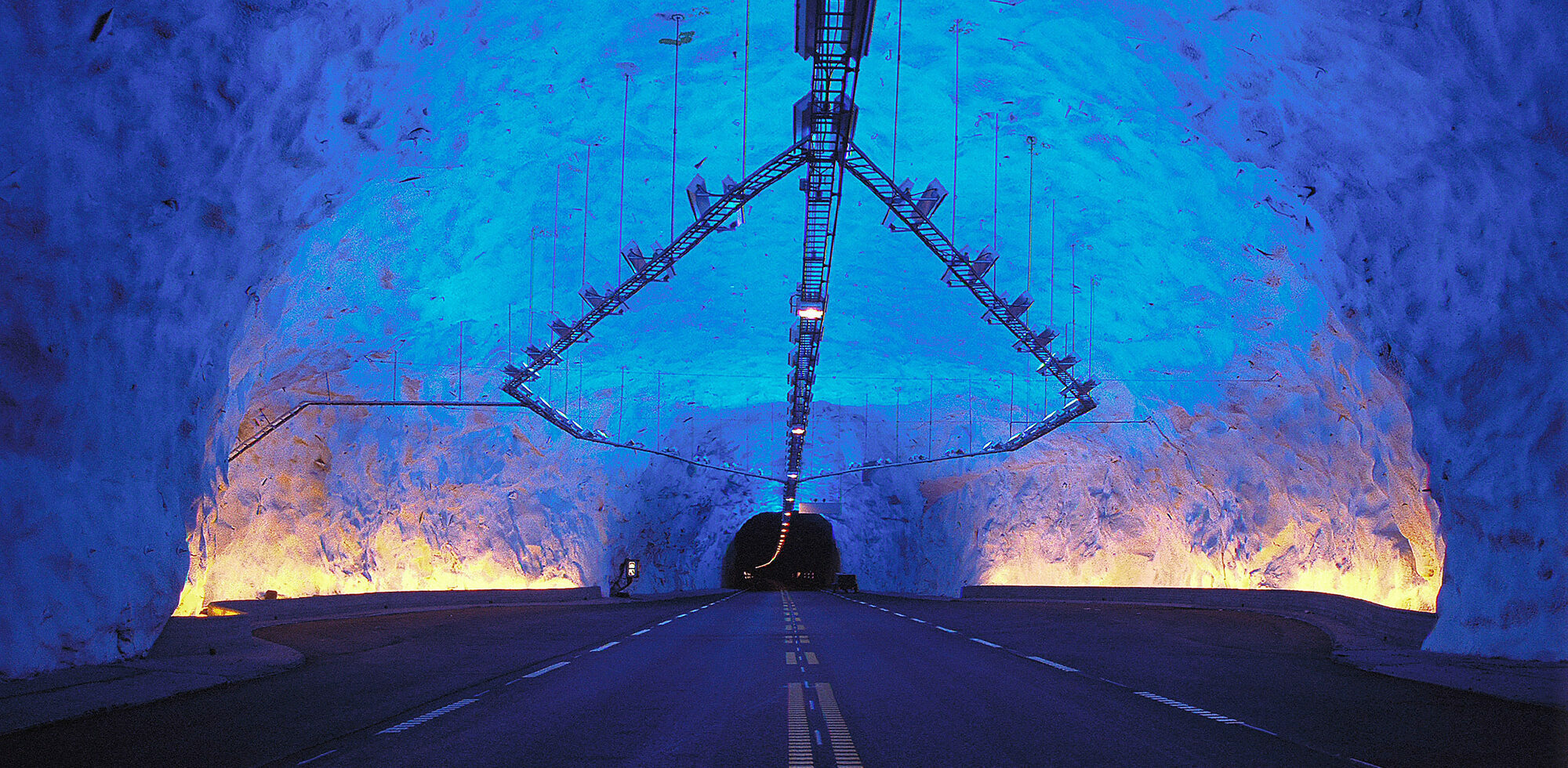
What was the starting point on your lighting design in this project?
ES: After an idea-seminar with various creatives and driving simulator tests of the proposal alternatives without finding a real solution, the public road administration decided to only use lighting design in the tunnel.
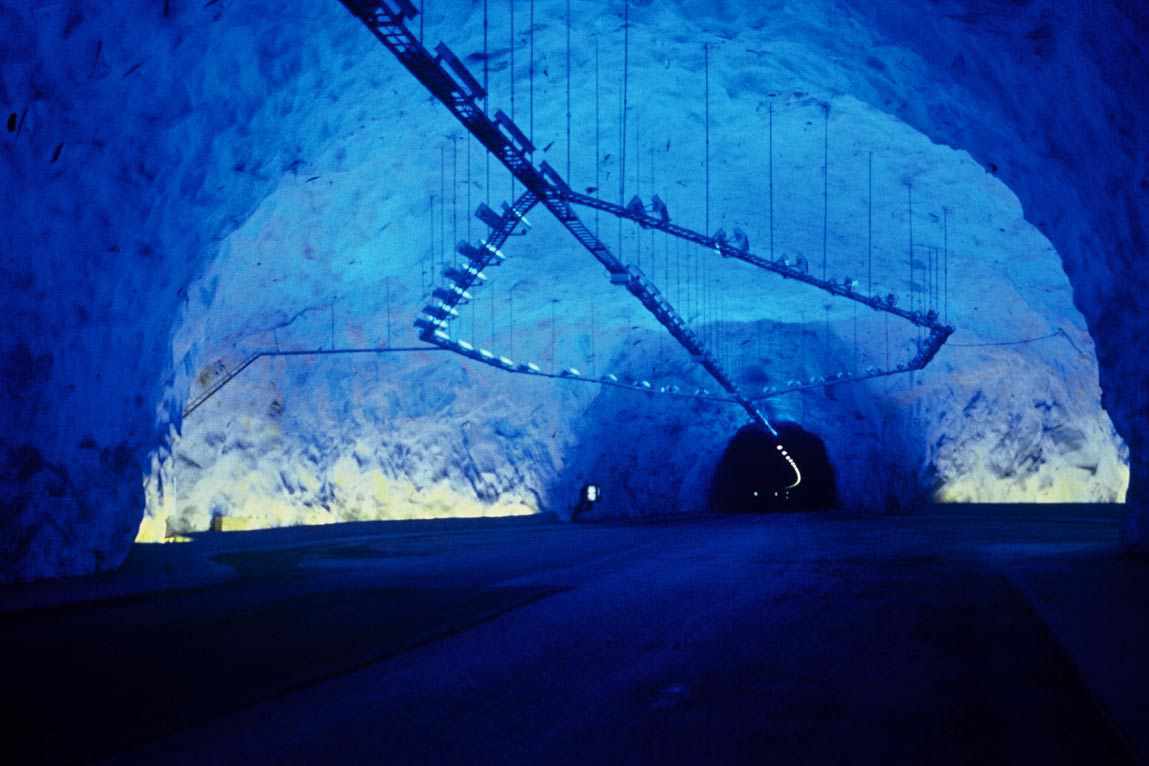
ES: One of the main conclusions from the simulator test was that when driving at the speed of 80 km/h, the time staying in the mountain halls is very short but the light impression from the halls are visible at a long distance before you arrive. The aim was that the drivers should perceive the rooms as a start on a new tunnel and thereby feel that the tunnel was not so frightening long.
Why do you use blue light as main lighting effect in the Laerdal Tunnel?
ES: The main idea was inspired by the early phase of a simple Nordic sunrise: the horizon. Something that we all have experienced and have a good relation to: calm, comforting beautiful. The scenography should not be naturalistic, but give an association. At the same time I would create various colour effects by lighting the uneven wall structure from different sides.

How were organized the lighting test inside one mountain hall?
ES: The tunnel was under construction and I suggested that I should arrange a full scale mock-up into it. The road administration workers participated and the fixture supplier was very positive to the concept. We put up a 400 Watt metal halide wall washer against the ceiling.
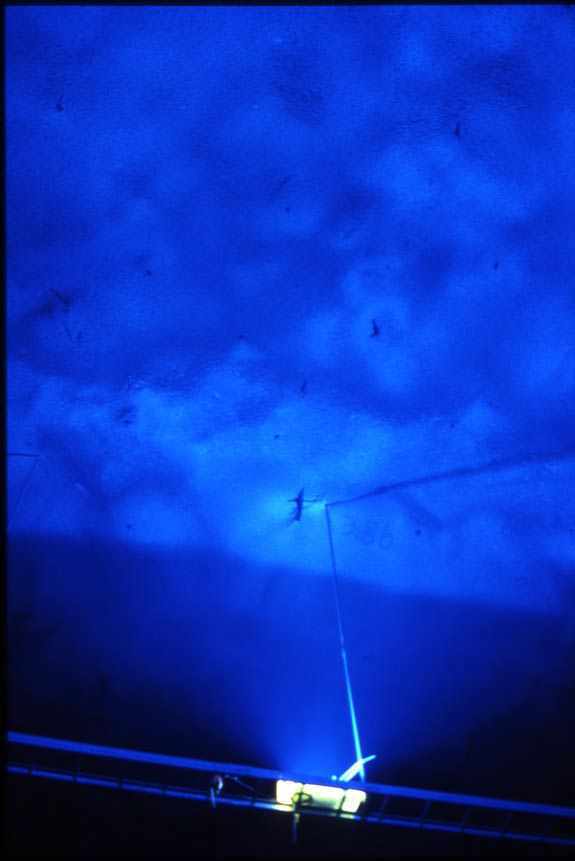
ES: I covered it with an intense blue filter – 5% transmission – I had brought from theatre to create the right colours. Then, something magic happened. All the energy in this strong light was transformed to a deep blue, almost luminescent air. It was like the room in a way was filled with a heavy bass sound.

ES: After, we added yellow light along the floor. It was very beautiful and even more astonishing than foreseen. Everybody felt a quiet well behaving without being able to tell why. No intellectual details, just a kind of cool atmosphere.
What kind of lighting design technique did you chose finally?
ES: Due to the problems with heavy dust in the tunnel, we could not use metal halide lamps with glass colour filters. The alternative was coloured fluorescent tubes 58 Watt. We were very eager to test this out and it showed up to be the best solution. The investments and also the use of energy was reduced by 50% as a result of this solution.

ES: Along the side of the floor, the concrete wall is hiding the fixtures for the drivers. I made big efforts to be sure that the drivers never should be able to see into the fixtures when driving through the halls. This is very important for not disturbing the magic of the light. If the fixture is causing any glare, the illusion is gone.
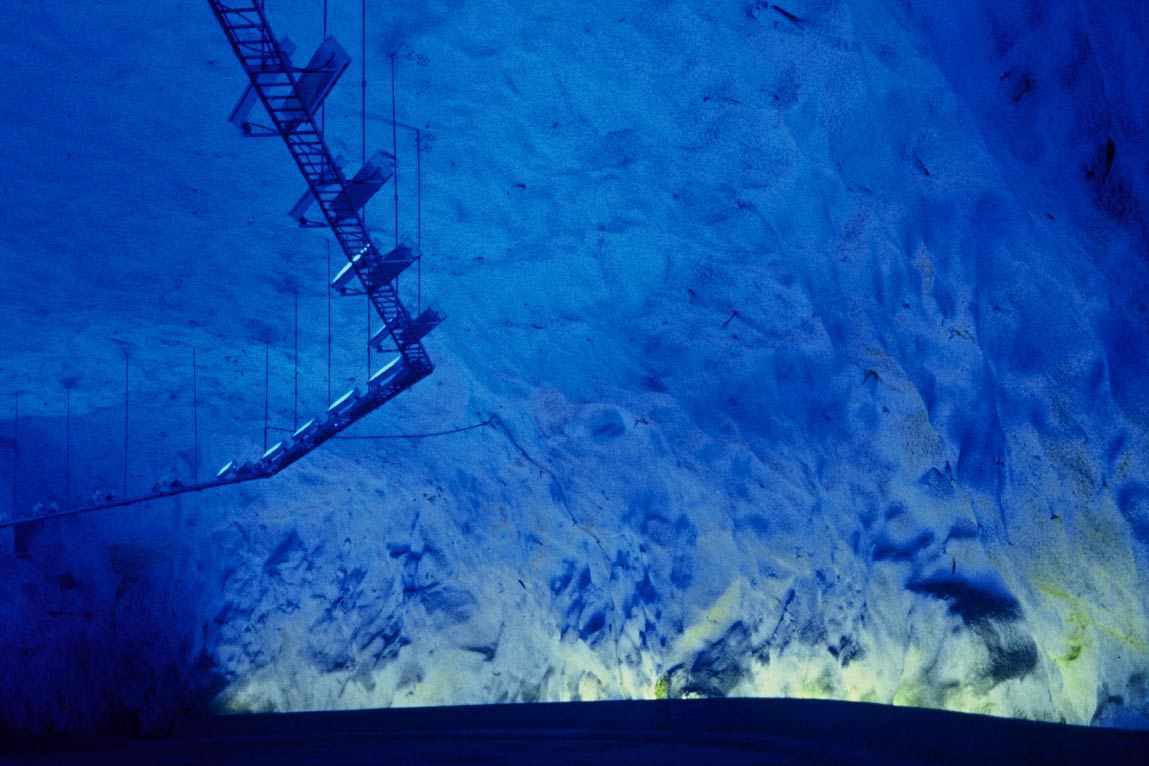
Extract of the copy from Vincent Laganier, « Effects of blue light », Professional Lighting Design – PLD – magazine, N°40, page 30-35, November 2004, VIA – Verlag für Innovationen in der Architektur, Guetersloh, Germany.
More designer interviews




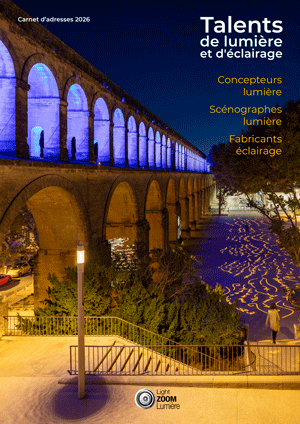
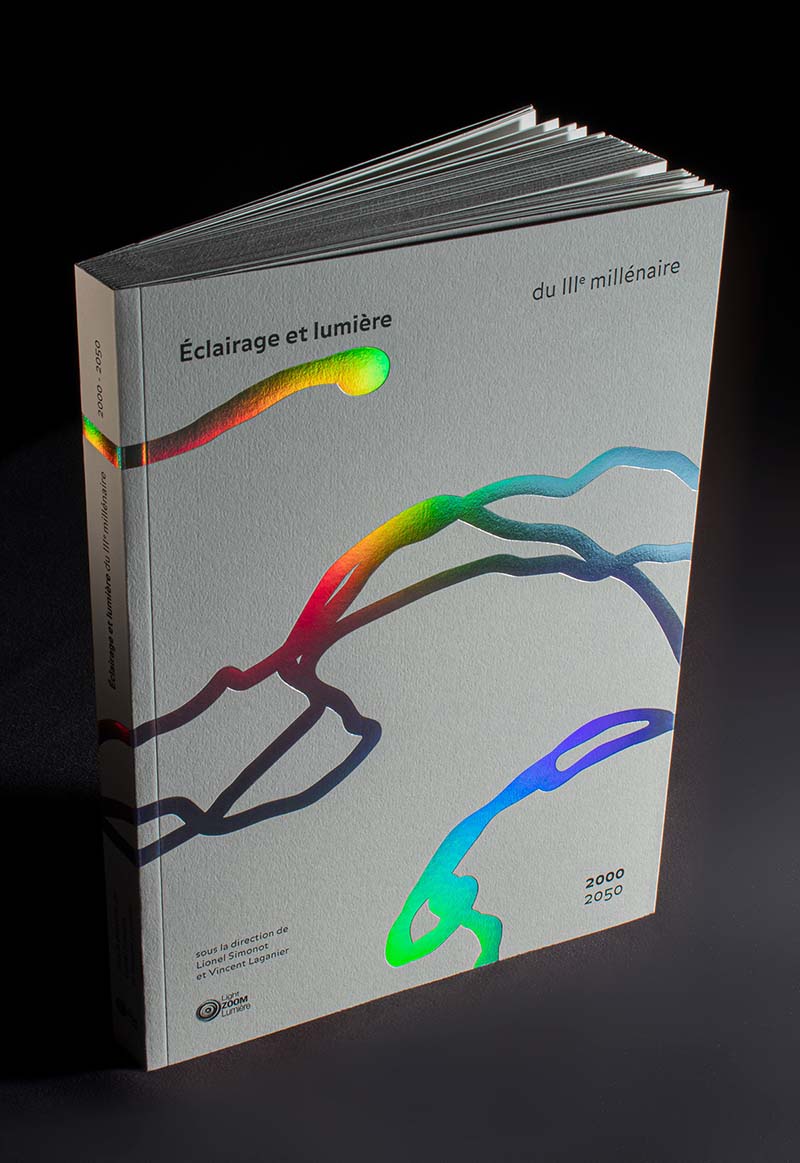
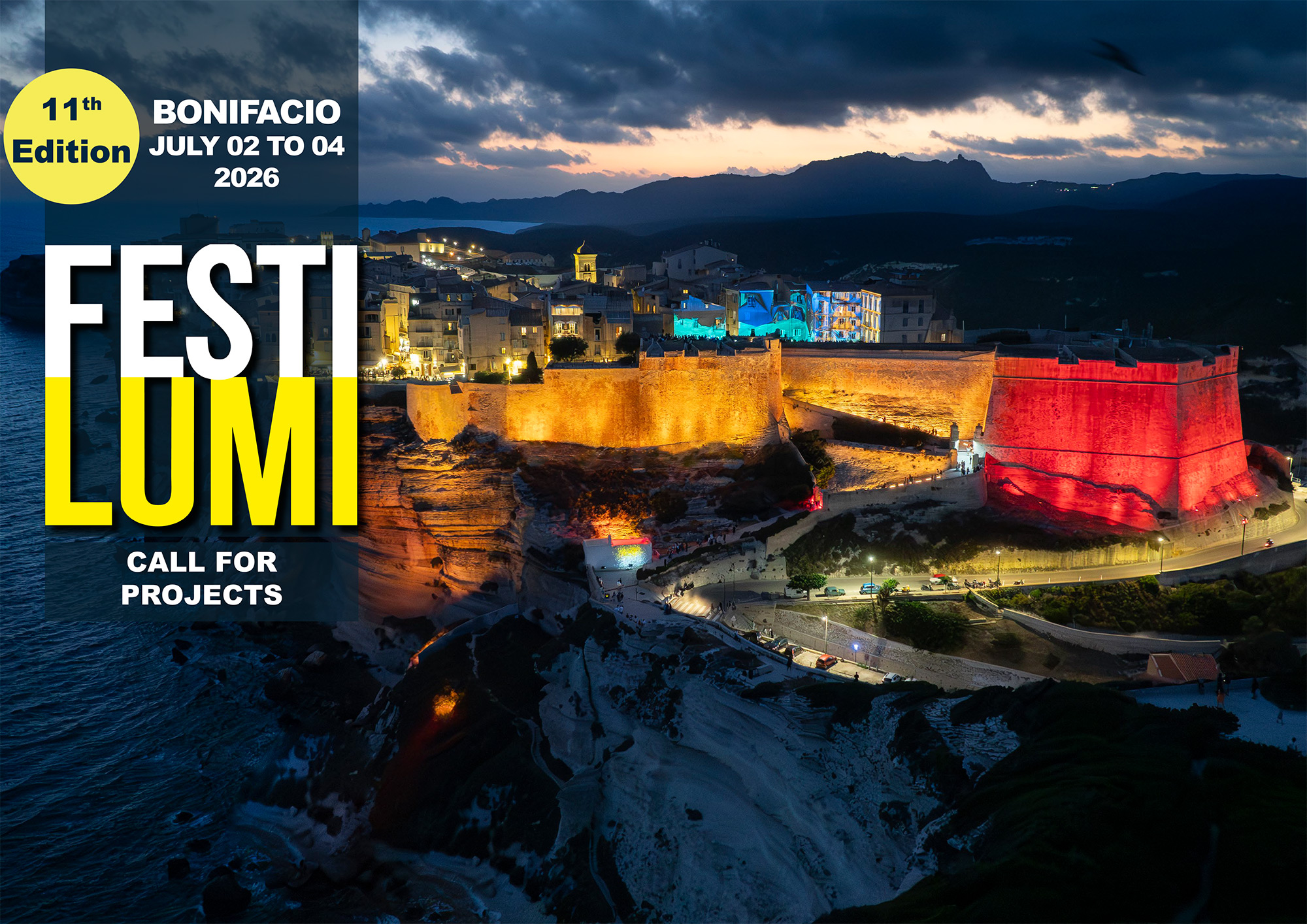
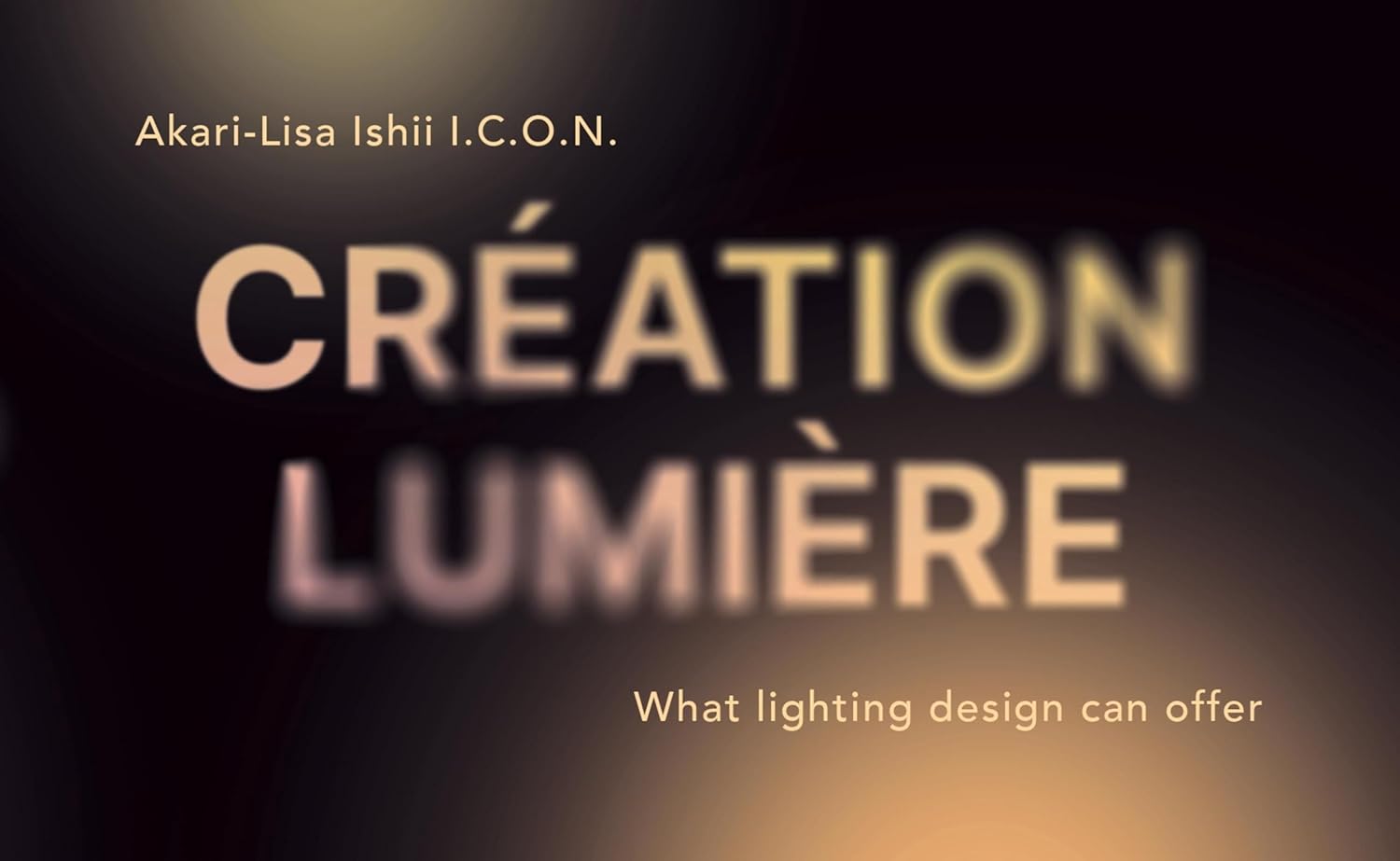
Brilliant thought. Exceptionally executed. The colour blue renders the high volume space mystical, bold and adventures. I’ve noted when warm tones are mixed with blue you are able to realize a range of human emotions.
Thank you Arjun for your comments. I do agree with you concidering warm tones are mixed with blue. This combination is often used for stage lighting and dance shows.